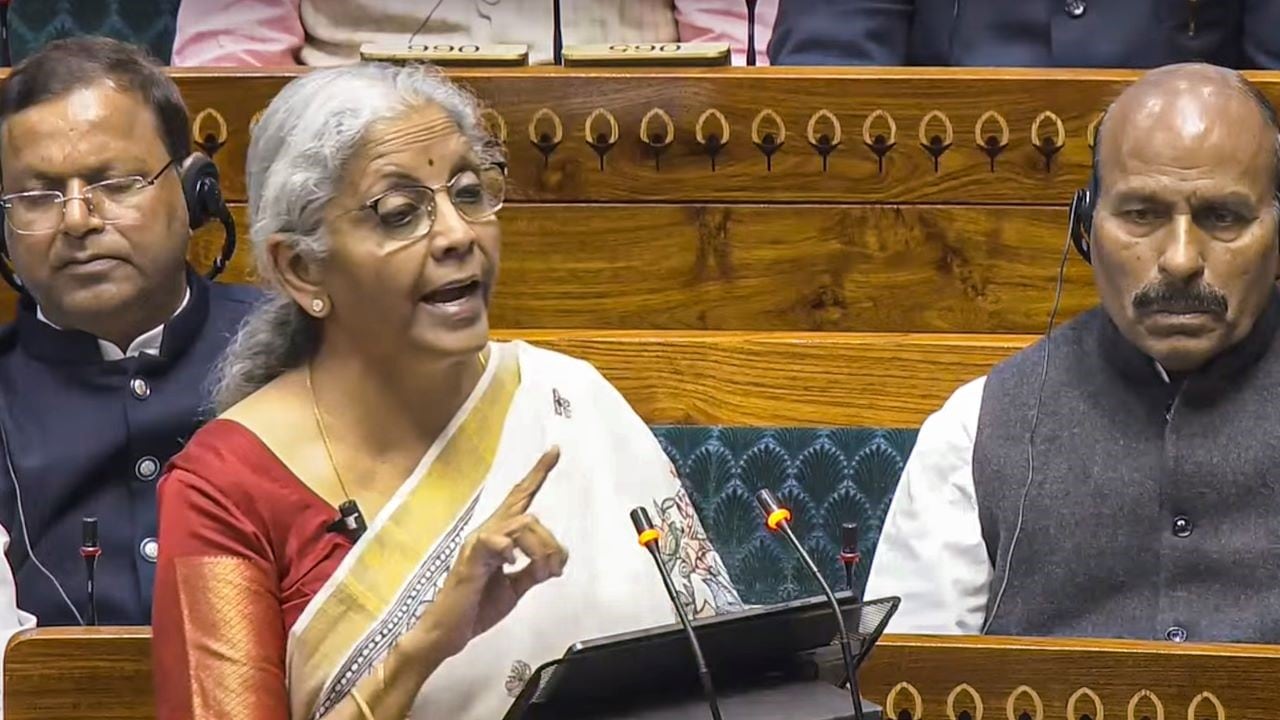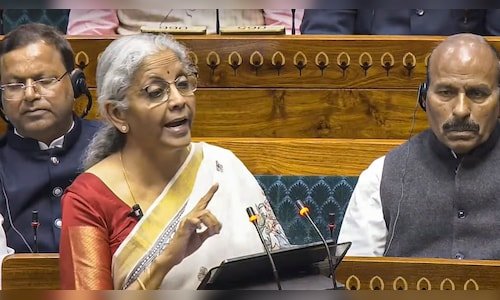
| Company | Value | Change | %Change |
|---|
According to the Union Finance Minister, gold loan gross non-performing assets (GNPAs) surged by 18.14% in banks and upper and middle-layer NBFCs between March 2024 and June 2024. The increase in NPAs for banks alone stood at 21% during the same period.
As of June 30, 2024, the gold loan GNPA ratio stood at 0.22% for banks and 2.58% for NBFCs operating in the upper and middle layers. The numbers, though seemingly low, indicate growing stress in the gold loan segment, prompting regulatory intervention.
Regulatory Scrutiny and Risk Mitigation Measures
To curb further risks, both lenders and regulators have intensified oversight of gold loan disbursals. Among the key measures being implemented:
- Regular reassessment of pledged gold to ensure accurate valuation.
- Periodic audits to verify compliance with regulatory norms.
- Auctioning of pledged gold in case of repayment defaults, with due notice to borrowers.
Also Read: L&T Finance ventures into gold loan business with ₹537-crore acquisition of Paul Merchants Finance
Additionally, Public Sector Banks (PSBs) were advised to conduct a comprehensive review of all gold loans sanctioned between January 1, 2022, and January 31, 2024. The review assessed the quality of collateral, interest rates, and other charges levied on borrowers to ensure adherence to regulatory guidelines.
The Reserve Bank of India (RBI), on September 30, 2024, directed all supervised entities to conduct a thorough review of their gold loan policies, identify gaps, and initiate corrective measures within a stipulated timeline. Lenders have been told to also closely monitor third-party service providers involved in the gold loan business.
Loan-to-Value (LTV) Restrictions and Borrower Safeguards
Given the fluctuations in gold prices and the risk of overvaluation, RBI has reinforced the 75% Loan-to-Value (LTV) ratio, meaning banks and NBFCs cannot lend more than 75% of the pledged gold’s value. This requirement must be maintained throughout the loan tenure.
Also Read: Gold loans surge 56% in 2024: Key factors behind the growth and future outlook
For bullet repayment loans, where both principal and interest are payable at the loan’s maturity, banks are prohibited from extending tenure beyond 12 months to minimize default risks.
However, small borrowers engaged in agriculture are exempt from the 75% LTV cap, allowing them greater access to credit. Additionally, lenders are permitted to disburse up to ₹20,000 in cash for gold loans extended for agricultural purposes.
Ensuring Stability in the Gold Loan Market
With gold loan NPAs rising, banks and NBFCs are expected to adopt stricter lending norms, enhanced collateral checks, and improved risk management frameworks. While these steps will help mitigate risks, the gold loan segment remains vulnerable to price volatility, making constant regulatory vigilance essential.
Also Read: Gold loans surge in popularity: Key trends and growth drivers
As the government and RBI push for tighter controls, borrowers should prepare for more stringent loan assessments and reduced flexibility in repayment structures. The coming months will be crucial in determining whether these measures can curb defaults while maintaining accessibility to gold-backed credit.


